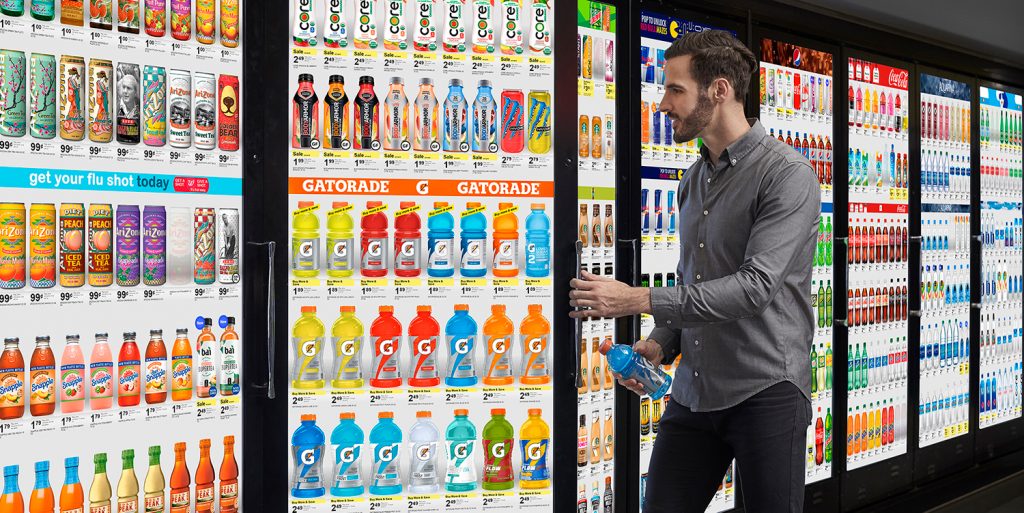About 17 years ago, I started a consulting firm called Retail Media Consulting. The goal of the group was to help traditional retailers embrace the rich opportunity for their stores to connect with shoppers as a relevant, revenue-generating media option. Back then, it made all the sense in the world to me that physical retail was one of the best places to reach people, and, in doing so, we could utilize the best practices of online media marketing. Digital signs were coming of age, and we could finally use technology to test, fine-tune and maximize our messages. Coming from the ad-agency business, I had been part of the internet media onset and seen the resulting success. So, extending it outward just made sense.
So, why didn’t it happen? Lots of reasons. The experiences that I had with an amazing leadership team at Lowe’s and 20 of its top consumer-packaged-goods (CPG) partners motivated a book that I co-authored, and every bit of it remains relevant. What I learned—and what I tried to address in the book—was that it takes a massive change-management effort to inject something new into an ecosystem like retail, which has a very specific way of operating. Addressing it takes work and a desire to open minds. Now, with broadcast TV spiraling from mass to one-to-one, and with Amazon enjoying an estimated $4.5 billion in advertising a year1, retailers are getting the memo and coming to understand the latent opportunity to drive return on investment (ROI) by more than just sales margins.
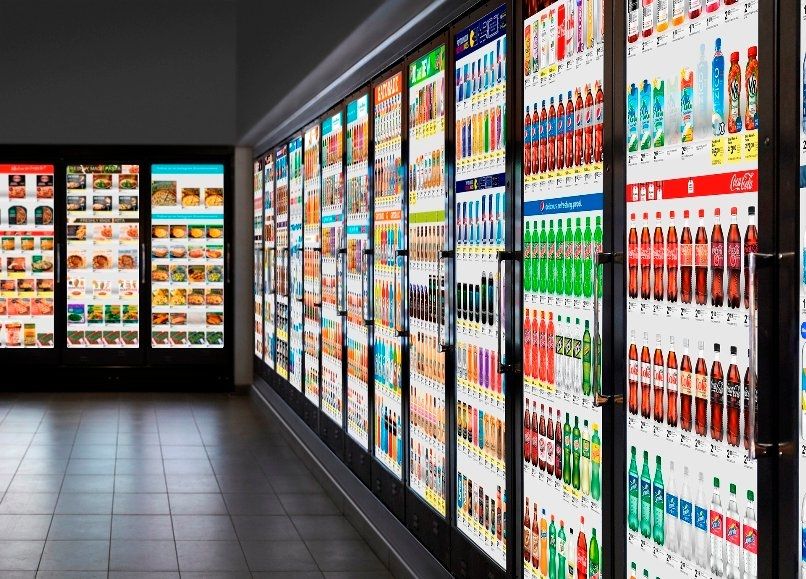
Modern Marketing Trends
My recent insider conversations have revealed that almost 40 retailers are now creating media platforms meant to attract brand-advertiser investment and reach their shoppers across all their shopping channels. They are chasing the big bucket of above-the-line TV-broadcast spending, as those dollars rapidly move to new investment channels due to the adoption of Connected TV (i.e., premium content that individuals stream through apps). What’s exciting about this is the renewed energy that it’s creating for in-store digital signage in retail environments. After all, what better place to enjoy an immediate impact from a targeted digital ad than inside a store? It inherently has tons of warm bodies who can see a message, take the bait and place the item right in their shopping basket.
That means it’s immediately attributable—that is, it’s able to be connected to a sales conversion. Even better, some of the barriers that we’ve wrestled with for years when it comes to in-store digital signage are finally being addressed. Specifically, consider the following:
* Artificial intelligence (AI) and edge processing: AI and edge processing can now transform massive volumes of raw data into valuable, actionable intelligence, without disrupting other store business functions.2
* Sensor innovation: More intelligent sensors have emerged that make tracking—both via camera and via non-camera options—more scalable, more dependable and more financially feasible.
* Fast connections: Long-Term Evolution (LTE), WiFi6 and 5G expansion continue to be a reality. More than 30 percent of the world’s countries now have 5G, and retailers expect its usage to grow 11 times in the next two years.3
* Cheap low-power, wide-area networks (LPWANs): Some 20 percent of the world is now covered by LPWANs that allow long-range communications among connected devices, while optimizing both costs and power-consumption requirements. By 2022, McKinsey expects this to be 100 percent.4
* Smart content: Real-time data gathering is now integrated with some content management system (CMS) offerings to enable “smart media,” making it possible for stores to deliver the same kind of responsive messages that we’ve come to know and love with websites and social platforms.
* Analytics: Retail brands have been vexed for quite a long time as they’ve tried to connect customers’ interactions with their online brand to customers’ physical, in-store experiences. Now, thanks to the change agents identified, it’s possible to track the same basic metrics that online and mobile platforms enjoy. By doing so, retailers can unlock the power of optimization with in-store media. You might be asking what that means. In a nutshell, it means the ability to put a lot of messages and content out there, watch what’s happening, ditch the stuff that no one cares about, and do more of the stuff that does create engagement and sales.
This has set the table for us to discuss the ideal model for store media, as well as how you can help.
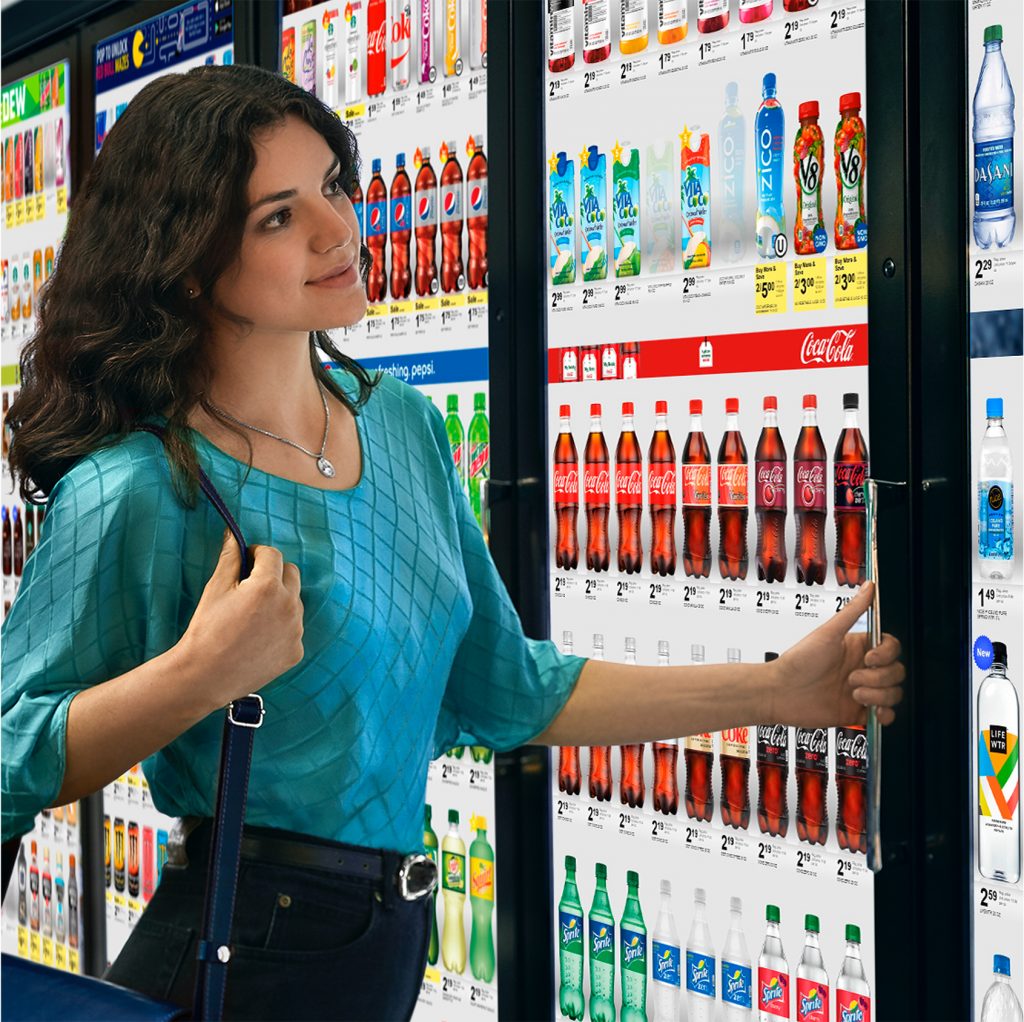
With today’s technological advancements, some in-store screens can not only drive traffic to areas of interest but also capture information about dwell time and whether people took particular actions.
The Evolution of Digital Marketing
When internet marketing first emerged, the industry initially viewed it as a traditional media play and measured it via page views or “impressions”; this mindset was all about how many people a message was able to reach. (Yep…just like TV.) As the category evolved, so, too, did our media uses for it. And so, too, did our ability to measure it. In fact, our interactive planning, placement and reporting tools are now so robust that they’ve become the most measurable media of the entire marketing toolkit.
When you examine in-store digital media (ISDM), it’s actually not that different from online marketing. It’s the same principle, just applied to a physical space as opposed to a virtual one. Think about it: We want to attract people to an area of interest (drive traffic); get them to hang out and look/consider (impression/dwell); get them to do something like touch, pick up or taste (engage); and, ideally, persuade them to buy (convert).
Could we gather more metrics and cut them by things like gender and age? Sure. But having the basics of traffic, impression and dwell, and then sharing that information openly with the brand advertiser, would give that advertiser two things that it hadn’t ever had from stores before (but that’s desperately desired): 1) shopper-behavior insights; 2) the earlier-discussed ability to optimize.
The fact is, all media spending ultimately comes down to the make-or-break moment at the shelf, be it a virtual one or a physical one. The shelf, up to this point, has been a blind spot of sorts, as it’s very difficult to improve what we don’t know. In the words of a former Procter & Gamble client, “We fund well what we measure well.” When you say “media,” it means there’s the capability to measure—especially if you own the space and it’s physical.
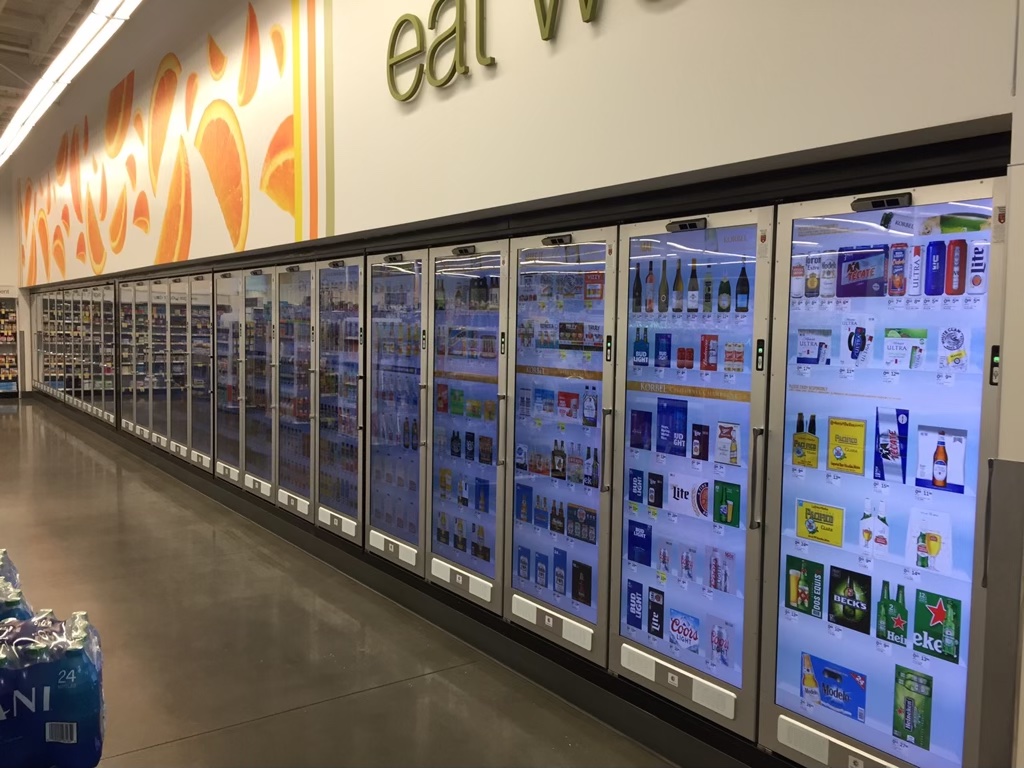
Multi-Media Advertising Today
When I started on this journey, we couldn’t measure people at scale. Now, however, we can. If stores want above-the-line investment from brand advertisers, they must measure, at the very least, the basic metrics by which we measure online—namely, traffic, dwell and engagement. Without it, there’s no way for a brand to understand if the message is or isn’t resonating (empowering the brand to act accordingly).
So, what does all this mean for the AV integrators who read Sound & Communications? Basically, it means you’re needed now more than ever. Put simply, the store-as-media model means lots and lots of digital signs are going to be installed (or iterated) to support this new power position. That means integrators will have to plan, place, manage and monetize fleets of screens, many of them with measurement at every endpoint. Edge processing, connectivity, sensors, smart CMSes, analytics and field management will have to come together smoothly and strategically. The upside for the AV industry is this: There’s no one more primed to make this happen than us.
We’re at the beginning of a thrilling new chapter for stores as media. The challenges, and the opportunities, of making it work are upon us. The door is opening to a rich new revenue stream…a better customer experience…the ripe promise of in-store optimization. This movement is decades in the making, and the time for you to get involved is now.
Sam’s Club: ‘Delighting Our Members With Relevant Messages’
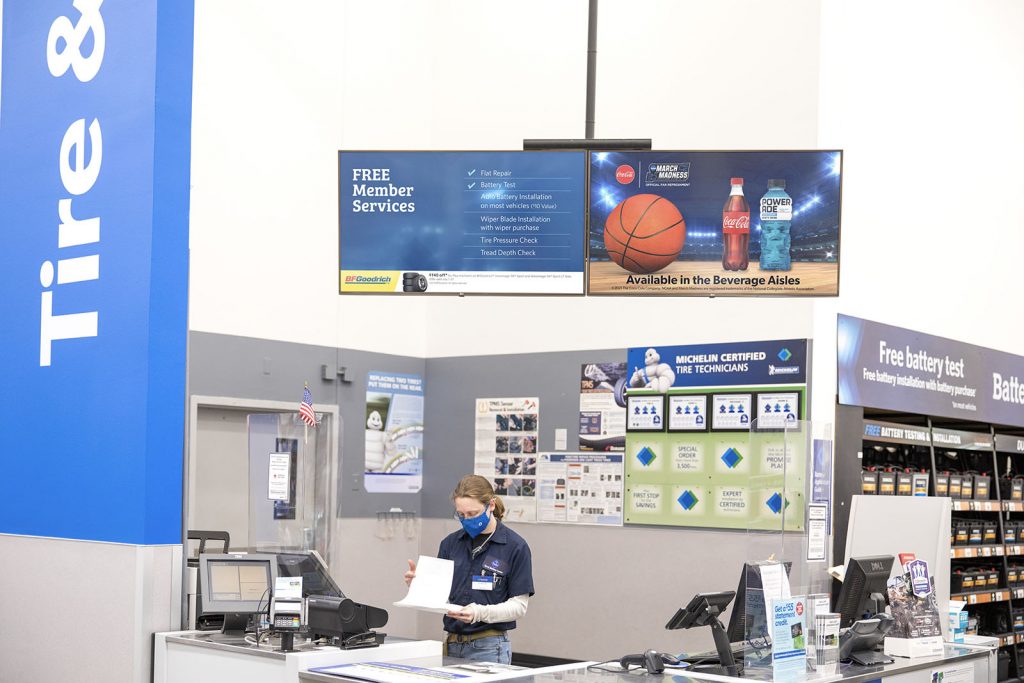
Michael Hiatt, Head of In-Club Digital Signage, Sam’s Club, shared some insights about its @Club Media retail network and how Sam’s uses it to serve its members.
He said, “At Sam’s Club, our ever-present goal is to delight our members and help them with their shopping trip. Part of that effort is to make them aware of new products in the club or new opportunities they can embrace. Our in-club screens help us in this endeavor. By placing digital screens throughout the club, we can dynamically inform our members. Since they have taken the time and effort to make a shopping trip to Sam’s Club, we feel it is our duty to reward them with offers and opportunities that are unique to Sam’s Club. They are also in shopping mode—meaning that it is the perfect time for advertisers to inform and educate our members about their products.”
Endnotes
1 https://10under100.com/amazon-statistics-facts
2 www.intel.com/content/www/us/en/retail/solutions/ai-in-retail.html
3 www.helpnetsecurity.com/2021/03/03/countries-5g-availability
4 www.mckinsey.com/industries/semiconductors/our-insights/whats-new-with-the-internet-of-things
To read more from Sound & Communications, click here.
